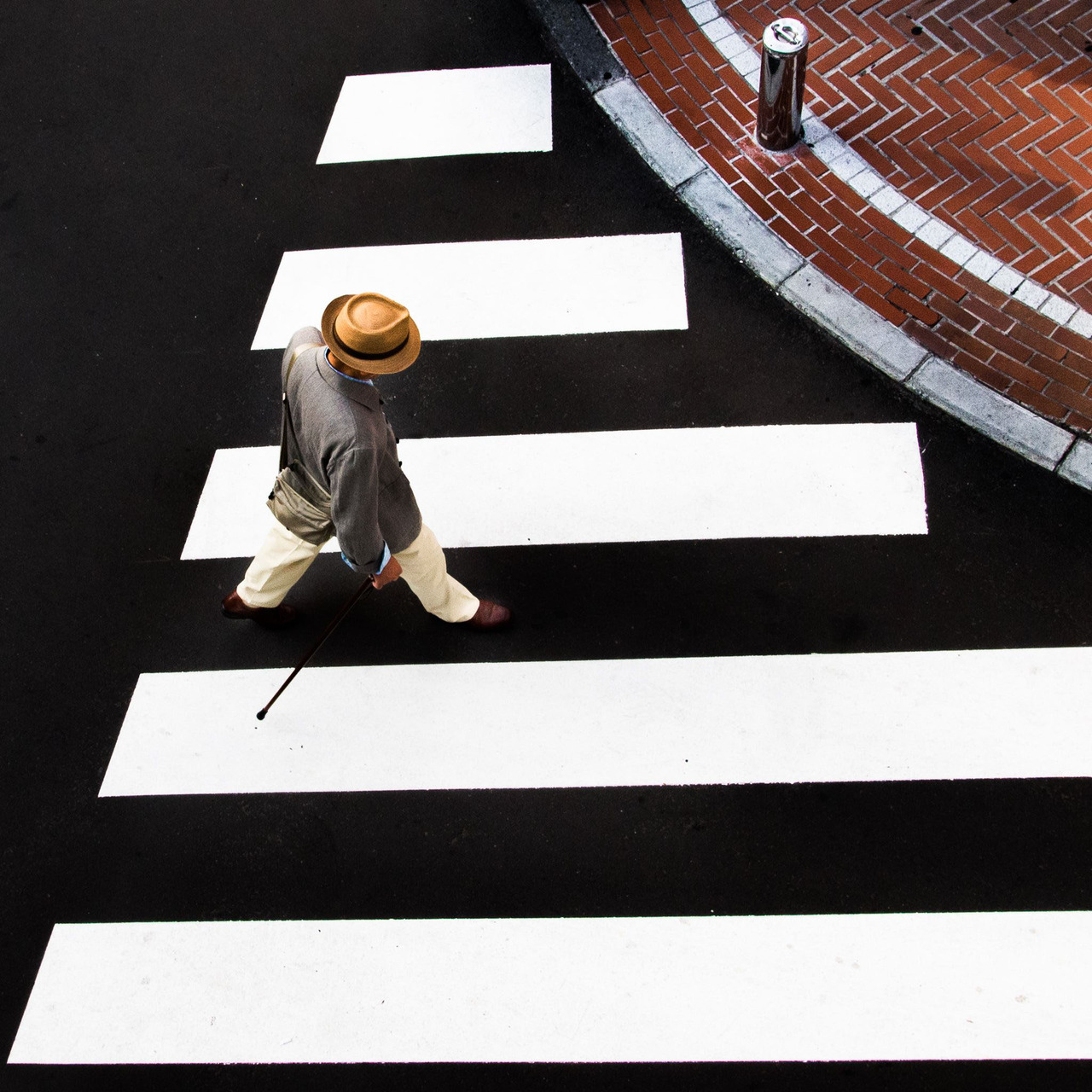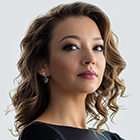Contrast in Photography: 15 Tips and Examples

Contrast photography is defined by the altered tones and colors that compose a photo. Contrast has been a vital aspect of photography since its inception, and it reflects the level of distinction between the components that form a photo.
A higher contrast grants photos a different look and feel than a lower one. The type of contrast can also dramatically change the perception of your pictures.
Understanding Contrast in Photography: 15 Tips & Ideas
In the post below, I’m going to cover what are the various contrast ranges employed in this art form so that you can have a better understanding of its purpose. I’m also going to present the coolest contrast photography ideas to help you take breathtaking photos!
1. Always Use Color Schemes

The Color Wheel chart is used for creating all sorts of artworks as it shows the relationship between colors. It’s also essential for understanding the contrast photography purpose. You can employ color schemes to determine which combinations offer the highest contrast.
Typically, the highest contrast is achieved by using complementary tones. Locating complementary colors is simple since they’re placed across each other.
2. 4 Main Contrast Types

Tonal contrast is determined by the difference in light and dark zones of an image. This type is responsible for making the subjects in a picture look defined or undefined because of the visible details accentuated by the contrast of blacks, whites, and greys.
Color contrast photography is employed to produce superior compositions. Tones with opposite characteristics, such as blue and yellow, create high contrast. When two opposing tones are directly adjacent, they complement and highlight the characteristics of the other tone.
Low contrast fuses bright and dark zones, making an image softer or flatter. Such pictures have a minimum of highlights and shadows, as they mostly consist of shades of grey. This dimness in the composition of the lights and darks serves to mute the tones in your photos.
High contrast creates a broad range of black and white tones with dark shadows and bright highlights. Such photos tend to offer intense colors and detailed textures, providing highly-defined results.
3. Add Contrast While Editing
When adjusting the contrast of an image, you should aim to either heighten the contrast to make it more eye-catching and impactful or lower it to make the picture softer and more delicate. Our color correction service of professionals can help you with that.
4. Find Color Contrast in Nature

Flowers, particularly orchids, possess a naturally high contrast, which means that you don’t have to create it yourself. Other subjects that offer strong contrast are fruits. So, if you’re looking for an easy solution to take high contrast photos, food is the way to go!
You should also find out how you can use flower photography to master different types of contrast.
5. Use Contrast Through Textures

The distinctions between textures offer you another way to add photography contrast. By mixing rough and soft subjects, you add some zest to the picture. If your subject has plenty of texture, put it in front of a soft backdrop, such as a blue sky or an even wall.
If you can't use a clear backdrop, soften the photo by employing the depth of field. Simply set a broad aperture (f/3.5 or lower) and put the subject further away from the backdrop to achieve a shallow depth of field. Camera modes can also be used to create the needed contrast in your images.
6. Use Conceptual Contrast to Tell a Story

Conceptual contrast photos are very abstract. They are based on concepts, and their perception is strictly individual. Such photos tend to have a prominent story-telling element to them. They typically include subjects that you wouldn’t expect to see captured in the same frame.
Conceptual contrast in photography can be employed to emphasize the differences between the included subjects. Some popular examples of this technique include old-new, large-tiny, artificial-natural. All of that is a part of juxtaposition photography.
7. Use Contrast for Landscape Photos

By using contrasting tones in landscape photography, you can easily achieve eye-catching results. A deep contrast offers the viewer an insight into the dual nature of the surrounding environment. You can also use HDR effects to enhance the images further.
8. Use Contrast When Taking Food Photos

Several techniques allow you to employ Color Theory in food photography. Contrast is among the most effective ones. You simply need to use subjects of colors on opposite sides of the Color Wheel.
9. Combine Warm and Cold Colors in a Single Image

Another fact you need to remember is that all colors are divided into warm and cold ones. Warm tones include red, yellow, and green. While the cold ones are purple, royal, and light blue.
10. Use Tones from the Color Triad

Colors that are located next to each other on the Color Wheel within one quarter create an analogous triad. They look great together since they contain the same base color (yellow, for instance) but don’t create any contrast. Find out more about complementary colors in photography If you want the viewer to feel comfortable and at peace when looking at your photos, use neighboring colors. Nature itself created such harmony. Eye-pleasing gradients will help you create a welcoming, crisp picture.
11. Don’t Forget About Contrast in Fashion Photography

This technique is often used by photographers who work for fashion magazines. By placing the model in a contrasting environment, you can take attractive and eye-catching photos.
12. Make Silhouettes Photos

Silhouettes in photos always make them mysterious and dramatic. Additionally, they’re the perfect example of how contrast in photography works. To create a silhouette, have the model pose against the lighting source. It should be placed either right behind the model or a bit to the side.
13. Organize a Photoshoot Outdoors

Plenty of photographers love employing color contrast in urban photography since it helps convey the city vibe they’re experiencing while taking the photo. You can also employ shutter dragging to achieve the needed contrast.
14. Pay Attention to Neon Contrast Photos

Ambient lighting is the ideal tool for shifting the tone and feel of neon photography. That being said, always think twice if it’s appropriate to have your subject pose near a neon sign.
15. Incorporate the Surrounding Environment

Random details and objects make outdoor photos more unique since they’re a natural part of the surroundings. You can also use this idea for your contrast photography. The contrast created by the included objects will make your work more authentic and impactful.
Contrast Photography Freebies
FixThePhoto experts designed a set of top-tier free effects that you can download and use to enhance your pictures. Here are the best tools for editing your contrast photography.
HDR Preset
This warm, sunny and contrasting preset will make your photos incredibly attractive. It’s perfectly suited for nature images.
Hard Preset
This preset does wonders to make your images more charming by raising the brightness and contrast, ensuring you never bore the viewer with dim colors. It looks particularly great in street and urban photos.
Contrast HDR Action
This action was designed with landscape photos in mind. It looks particularly fantastic if there’s water in the picture as this tool adds a natural blueish tint that will make the rivers, lakes, and sea look absolutely stunning. All the objects in your photos will become brighter and more contrasting.











